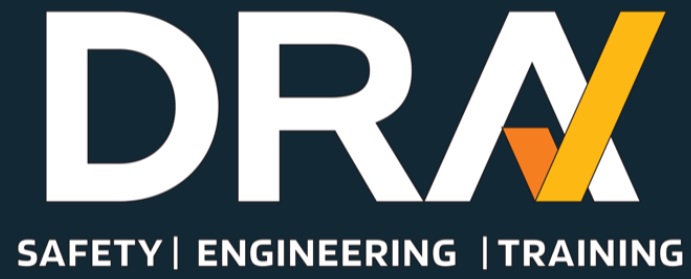
During the operation of a ride in NSW, a child was raised in the device without the restraining bar being in place. No one was injured however the child was exposed to a serious risk of injury or death. Immediately upon identifying the issue with the ride the operator shut it down and inspected the ride.
This is a timely reminder for implementing all the system requirements to ensure a safe ride.
Owners of these amusement devices or rides have an onerous task to ensure that the ride remains safe and compiles with all the operational requirements.
Amusement Device Inspection requirements
Ride owners must ensure that a competent person such as a chartered professional engineer or a person that is qualified to be on the National Professional Engineers register inspects the device. NOTE: the definition for the competent person provided here is for NSW only. Please consult your State or Territory Regulator for specific requirements. This is part of the organisations duty of care to provide safe systems of work and safe plant, then to ensure that there is a system in place to monitor the safety systems. For more information on monitoring safety systems please read this article on how to Monitor Safety Systems.
Amusement Device Owners and Operators’ duties
Apart from completing an Amusement Device Inspection (Amusement Ride Inspections), owners and operators must ensure;
– a daily pre-operational inspection is carried out on the amusement ride to check all safety controls are functioning as designed,
– the maintenance, amusement ride inspection and testing of the amusement ride is carried out by competent persons in – accordance with the manufacturer’s recommendations and the requirements of the manufacturer’s maintenance manual,
– the amusement ride is only operated by persons who have received all necessary instruction, information, training, or supervision in its operation.
The Amusement Device Operator
SafeWork Australia provide information for Amusement Device Operators in respect to the ride and how they complete tasks as per the training provided by the ride owner. The Information Sheet provides advice for small businesses and workers including operators, on the safe operation of amusement rides. The checklist can assist with managing risks when operating an amusement device. Operators of amusement devices must be provided with the information, training, instruction or supervision necessary to protect themselves, patrons and others.
The operator of an amusement ride should:
– be familiar with the device and be able to follow the safe operating procedures,
– be able to give clear instructions or warnings to patrons and attendants and check patrons are safely restrained,
– immediately report faults or malfunctions and stop the amusement ride, and,
– be familiar with emergency and first aid procedures.
Other State Regulators
WorkSafe Victoria is also in the process completed of completing inspections at events and issued improvement notices where there were failings in the systems. This program of inspections also included annual inspections at theme and water parks.
The Victorian Regulator is assessing factors such as safety systems, wear and tear, maintenance history and whether or not ride operators or attendants have been properly trained. Event organisers, ride operators and owners are also being reminded to ensure that appropriate control measures and safety checks are in place while rides are operating.
WorkSafe NSW Executive Director Health and Safety Narelle Beer, stated that – “Ultimately the safe operation of amusement rides is the responsibility of the operators,” and “WorkSafe will not hesitate to prosecute any amusement ride operators who fail to meet their obligations to ensure the safety of their employees or the public.”
Compliance also applies to specific Inflatable Amusement Devices
Inflatable amusement devices can be a hazard if they are not set up and operated according to relevant instructions. Though there may not be any requirement to complete an Amusement Device Inspection poor inflatable set-up or operation can lead to:
• the amusement device becoming airborne during strong wind gusts,
• the amusement device collapsing and trapping patrons,
• injury to patrons on amusement devices where they can move freely without supervision.
e.g., an inflatable device (continuously blown) like a jumping castle.
For more information around the Amusement devices including Inflatable device Inspection, Safety Case development, Engineering Consultants in the Amusement Industry, please consider the following pages on the topics.
- Inflatable Amusement Device safety
- Improved safety through Amusement Device (Ride) Inspections
- Do I need a Qualified and Competent Engineer to inspect an Amusement device?
- Is Non-Destructive testing (NDT) used in Amusement Device Inspections
- DRA Engineers Assisting with Major Amusement Park Safety Case Development
- DRA approach to Amusement Rides within Australia Pt1
- DRA approach to Amusement Rides Pt2 – Annual Inspection
- DRA approach to Amusement Rides Pt3 – Major Inspections
Our qualified and certified RPEQ Engineering Consultants that can assist you in your business.
DRA Engineering support is provided by qualified and skilled Engineers on hand including David, Rhys, Sina, Jack, Mitchell and Ryan. The team is to ready to assist you with your engineering questions, including Amusement Devices.
For some additional information relating to the inspection processes please read this article on Amusement Rides and Devices.
We also offer a range of WHS consulting services along with general and specific health and safety training courses.
Contact us today for an obligation free quote on any of our services.

